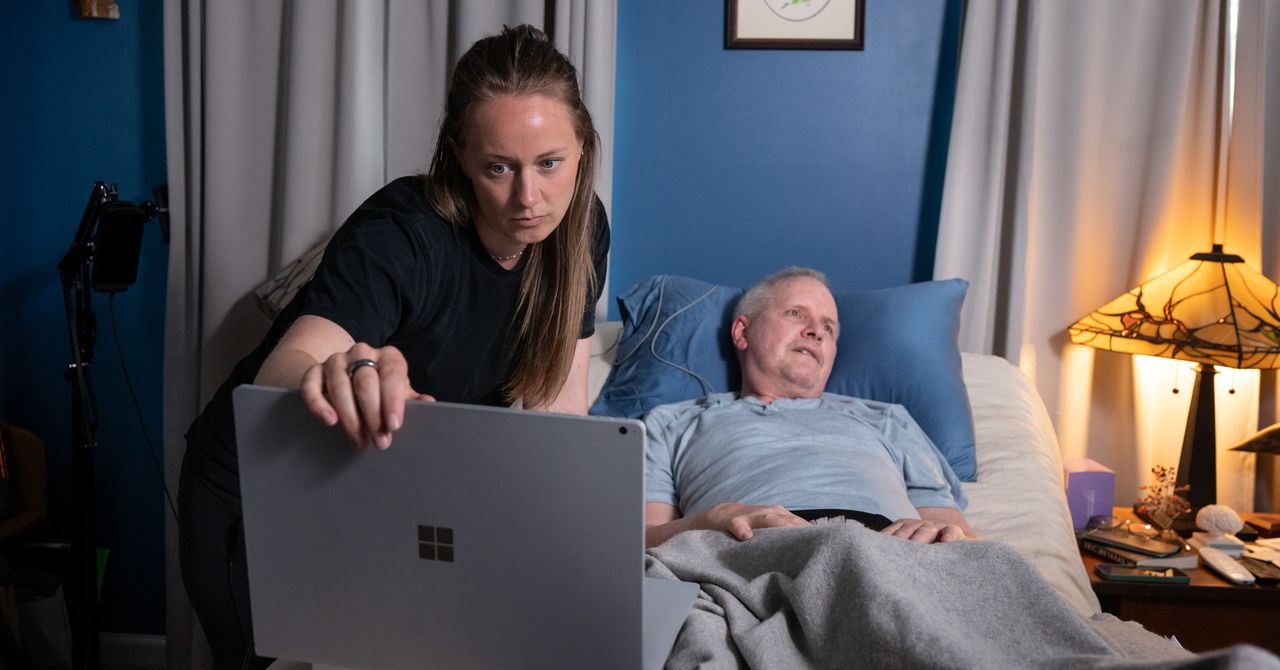思绪即指令:脑机接口重塑瘫痪者数字生活新边界
Mark Jackson, 65, who is paralyzed by amyotrophic lateral sclerosis (ALS), demonstrates a new level of restored autonomy through Synchron's Stentrode brain-computer interface (BCI). Implanted in his motor cortex, the device decodes Jackson's thoughts into commands, enabling him to control a laptop and play computer games using only his mind. He is one of ten participants in an early feasibility study, showcasing remarkable success rates in tasks like gaming and digital communication. This BCI system, consisting of an intravascularly delivered Stentrode and an external receiver, allows individuals with severe paralysis to interact with digital devices, offering a significant pathway to regain independence. The technology bypasses damaged neural pathways, directly translating intended movements into actionable commands. Jackson's experience highlights the potential of BCI to fundamentally alter the quality of life for those affected by neurodegenerative diseases, restoring capabilities lost to the condition. The successful integration and functionality observed in Jackson's case suggest a promising future for assistive technologies in neurorehabilitation and independent living.


网友讨论